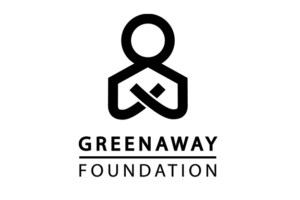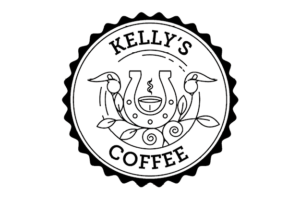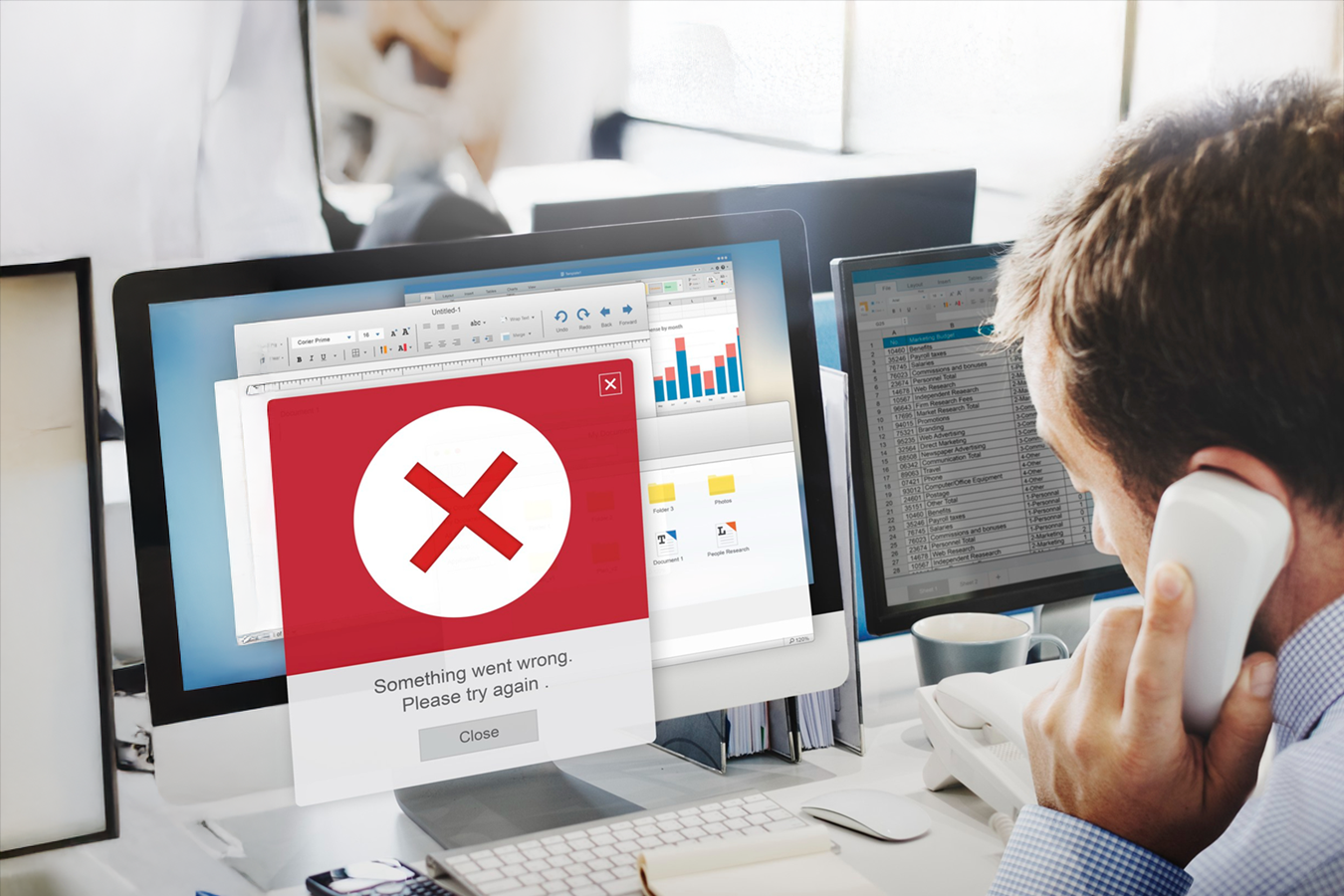What you need to know about successful local campaigns
Hyperlocal marketing is all about reaching the right people in the right places – whether that’s specific postcodes, neighbourhoods, or streets near your business. But despite its effectiveness, many businesses fall for common myths that prevent them from making the most of their campaigns.
If you’re considering hyperlocal marketing, avoiding these misconceptions is key to making your campaigns as effective as possible. Let’s debunk five of the biggest myths about hyperlocal advertising.
5 myths about hyperlocal marketing (and the truth behind them):
Why It Works: Print complements digital marketing, helping you reach audiences who aren’t always online. Many local audiences – particularly older demographics – are more likely to engage with print.
Pro Tip: Combining print and digital advertising creates a well-rounded marketing strategy that drives better results.
Myth #1: “Print and distribution are too expensive”
For businesses exploring hyperlocal campaigns, print advertising and leaflet distribution often seem costly compared to digital options like social media or email marketing, which can appear “free.”
Myth #2: “Magazines are outdated”
With digital marketing on the rise, some assume magazines are a thing of the past.
The Truth: Print advertising builds trust. Studies show that people find magazines more credible than digital ads, and print remains one of the most engaging forms of media.
Why It Works: The decline in physical mail means that printed materials stand out more than ever. 64% of RH Uncovered readers keep the magazine for at least two weeks,¹ providing multiple opportunities for your advert to be seen.
Pro Tip: If you want to capture attention and build credibility in your local community, magazine advertising remains a highly effective option.
Myth #3: “Competitor ads will overshadow my business”
Many businesses worry that advertising in a magazine with competitors reduces their chances of being noticed.
The Truth: If your competitors are in the magazine and you’re not, who’s more likely to get that call?
Why It Works: A well-designed advert with a compelling message and strong branding can differentiate your business from competitors – even in a shared space.
Pro Tip: Instead of worrying about competition, focus on what makes you different. Highlight customer testimonials, unique offers, or standout services to grab attention.
Did you know?
72% of customers won’t take action until they’ve read reviews. Gathering reviews is crucial - they don’t just help you improve; they also turn potential customers into real buyers!
Source: My Testimonial Engine
Myth #4: “You can’t measure the impact of print campaigns”
One major advantage of digital advertising is its trackability. But does that mean print campaigns can’t be measured?
The Truth: You absolutely can track print advertising success – you just need the right approach.
How to Track Print Advertising:
1. Use promo codes unique to each campaign.
2. Create a dedicated phone number for magazine or leaflet ads.
3. Ask customers where they heard about you when they call or visit.Pro Tip: Unlike digital ads that disappear after a few seconds, print materials stick around for longer – giving potential customers multiple chances to take action.
Myth #5: “Long-term advertising isn’t worth the commitment”
Many businesses expect instant results from a single advert, but consistency is key to success.
The Truth: Advertising works best when it’s repeated. Customers need to see your brand several times before they take action.
Why It Works: Brand familiarity drives sales. By issue five or six, your business name becomes recognisable and trusted, increasing the likelihood that people will choose you when they’re ready to buy.
When a One-Off Ad Might Work: While one-off adverts aren’t as effective for long-term brand building, there are some instances where they can be valuable – such as promoting a special offer, new product launch, or an upcoming event.
Pro Tip: If your goal is to build brand recognition and stay top-of-mind, a long-term advertising strategy is the best approach. However, if you have a time-sensitive promotion, a tactical one-off ad can still generate great results – especially when combined with digital and leaflet distribution for extra reach.
How to get the best results from hyperlocal marketing
Now that we’ve busted these myths, here’s how to maximise your success with hyperlocal advertising:
- Combine print, leaflet distribution, and digital marketing for a multi-channel approach.
- Target specific postcodes or customer demographics to increase relevance.
- Stay consistent – long-term campaigns build trust and drive higher response rate.
Source: 1. RH Uncovered Reader Survey, 2023
Ready to advertise?
Contact us today to discuss your advertising options
Explore how RH Uncovered can help your business connect with the local community. Whether you need a single ad in our magazine or a fully-integrated long-term campaign, we’ll tailor a solution to fit your needs and budget.
Read more about local advertising
What our customers say

Incredibly positive and far beyond all of our expectations
“The results from our multi-media campaign with RH Uncovered have been incredibly positive and far beyond all of our expectations. Within the first month, our website pageviews skyrocketed – surpassing the total traffic we’d seen in the previous six months combined. This generated a very impressive number of enquiries”
- Darren Greenaway
- –
- The Greenaway Foundation

The design team are fabulous and always understand the brief
“I’ve collaborated with RH Uncovered on many design projects over the years. The design team are fabulous and always understand the brief, allowing me to offer a much wide range of services”
- Karen Glover
- –
- KGG Design

The phone just didn’t stop ringing
“I’m no good at advertising, so I gave RH Uncovered the basics, and they came back with a great advert design. The process was so painless – they sent me the artwork for approval, made tweaks when needed – they just got on with it for me”
- Tim Burberry
- –
- Tim Burberry Plumbing and Heating

A valuable marketing tool for our business
“RH Uncovered’s leaflet service has been a valuable marketing tool for our business. The team is always supportive, and their attention to detail makes the process easy and efficient.”
- Olivia Price
- –
- Denver Services

Adverts are working brilliantly, keeping me very busy
“The day the advert goes out I know straight away when the magazines are being delivered as my phone starts ringing – some days every 5 minutes! I personally have had days when I have received 10-15 leads.”
- Michael Barker
- –
- Copthorne Garden Services

A one-stop-shop to reach the entire geographic area
“RH Uncovered was ideal as it essentially offered me a one-stop-shop to reach the entire geographic area I needed with a multi-channel approach”
- Russell Phillips
- –
- Event Promoter for Pub in the Park

The team is always helpful and go above and beyond
“We’ve featured in RH Uncovered every month since 2017, and the results continue to impress. Just this morning, a new customer told us they found us in the RH6 edition – one of three in the past two weeks alone. The team is always helpful and go above and beyond to support our campaigns.”
- James Etherington
- –
- VDS Performance

They quickly understood our brand and helped shape our tone of voice, offering expert guidance not just on copy
“Working with RH Uncovered was a genuinely collaborative experience. They quickly understood our brand and helped shape our tone of voice, offering expert guidance not just on copy, but on how to connect with our audience and improve user experience. They introduced us to essential SEO practices we hadn’t considered, adding real value beyond the original brief.”
- Sadie Cunningham, Managing Director
- –
- 1st Coverall Co Ltd

The magazine article and social media promotion brought in new customers
“The exposure from RH Uncovered has been fantastic. The magazine article and social media promotion brought in new customers who mentioned reading about our fundraising campaign. It helped us raise funds for the Greenaway Foundation while introducing Kelly’s Coffee to a wider audience.”
- Kelly Mariner
- –
- Kelly's Coffee

A lovely new version that matched our existing brand
“We needed some contact details amended on an existing leaflet and we felt the design needed a refresh. The design team listened to what we needed and were a great help which resulted in a lovely new version that matched our existing brand”
- George Hayman
- –
- Crawley Roofing Svs Ltd

We’ve seen great results and appreciate the extra support we’ve received
“Advertising with RH Uncovered has been a valuable way for us to promote concerts and recruit new members. The direct delivery to homes gives our ads a better chance of being seen compared to other local magazines. We’ve seen great results and appreciate the extra support we’ve received, like social media shares and featuring our events in the ‘What’s On?’ section.”
- Secretary
- –
- The Phoenix Choir of Crawley

We were delighted that we had calls the very first day that our campaign began
“We booked a drop to Burgess Hill and Horsham, the booking process was simple and the office were really helpful to determine the areas I wanted to target and helping me to get our artwork designed and printed in time. We were delighted that we had calls the very first day that our campaign began.”
- George Hayman
- –
- Crawley Roofing Svs Ltd

Incredibly positive and far beyond all of our expectations
“The results from our multi-media campaign with RH Uncovered have been incredibly positive and far beyond all of our expectations. Within the first month, our website pageviews skyrocketed – surpassing the total traffic we’d seen in the previous six months combined. This generated a very impressive number of enquiries”
- Darren Greenaway
- –
- The Greenaway Foundation

The design team are fabulous and always understand the brief
“I’ve collaborated with RH Uncovered on many design projects over the years. The design team are fabulous and always understand the brief, allowing me to offer a much wide range of services”
- Karen Glover
- –
- KGG Design

The phone just didn’t stop ringing
“I’m no good at advertising, so I gave RH Uncovered the basics, and they came back with a great advert design. The process was so painless – they sent me the artwork for approval, made tweaks when needed – they just got on with it for me”
- Tim Burberry
- –
- Tim Burberry Plumbing and Heating

A valuable marketing tool for our business
“RH Uncovered’s leaflet service has been a valuable marketing tool for our business. The team is always supportive, and their attention to detail makes the process easy and efficient.”
- Olivia Price
- –
- Denver Services

Adverts are working brilliantly, keeping me very busy
“The day the advert goes out I know straight away when the magazines are being delivered as my phone starts ringing – some days every 5 minutes! I personally have had days when I have received 10-15 leads.”
- Michael Barker
- –
- Copthorne Garden Services

A one-stop-shop to reach the entire geographic area
“RH Uncovered was ideal as it essentially offered me a one-stop-shop to reach the entire geographic area I needed with a multi-channel approach”
- Russell Phillips
- –
- Event Promoter for Pub in the Park

The team is always helpful and go above and beyond
“We’ve featured in RH Uncovered every month since 2017, and the results continue to impress. Just this morning, a new customer told us they found us in the RH6 edition – one of three in the past two weeks alone. The team is always helpful and go above and beyond to support our campaigns.”
- James Etherington
- –
- VDS Performance

They quickly understood our brand and helped shape our tone of voice, offering expert guidance not just on copy
“Working with RH Uncovered was a genuinely collaborative experience. They quickly understood our brand and helped shape our tone of voice, offering expert guidance not just on copy, but on how to connect with our audience and improve user experience. They introduced us to essential SEO practices we hadn’t considered, adding real value beyond the original brief.”
- Sadie Cunningham, Managing Director
- –
- 1st Coverall Co Ltd

The magazine article and social media promotion brought in new customers
“The exposure from RH Uncovered has been fantastic. The magazine article and social media promotion brought in new customers who mentioned reading about our fundraising campaign. It helped us raise funds for the Greenaway Foundation while introducing Kelly’s Coffee to a wider audience.”
- Kelly Mariner
- –
- Kelly's Coffee

A lovely new version that matched our existing brand
“We needed some contact details amended on an existing leaflet and we felt the design needed a refresh. The design team listened to what we needed and were a great help which resulted in a lovely new version that matched our existing brand”
- George Hayman
- –
- Crawley Roofing Svs Ltd

We’ve seen great results and appreciate the extra support we’ve received
“Advertising with RH Uncovered has been a valuable way for us to promote concerts and recruit new members. The direct delivery to homes gives our ads a better chance of being seen compared to other local magazines. We’ve seen great results and appreciate the extra support we’ve received, like social media shares and featuring our events in the ‘What’s On?’ section.”
- Secretary
- –
- The Phoenix Choir of Crawley

We were delighted that we had calls the very first day that our campaign began
“We booked a drop to Burgess Hill and Horsham, the booking process was simple and the office were really helpful to determine the areas I wanted to target and helping me to get our artwork designed and printed in time. We were delighted that we had calls the very first day that our campaign began.”
- George Hayman
- –
- Crawley Roofing Svs Ltd












